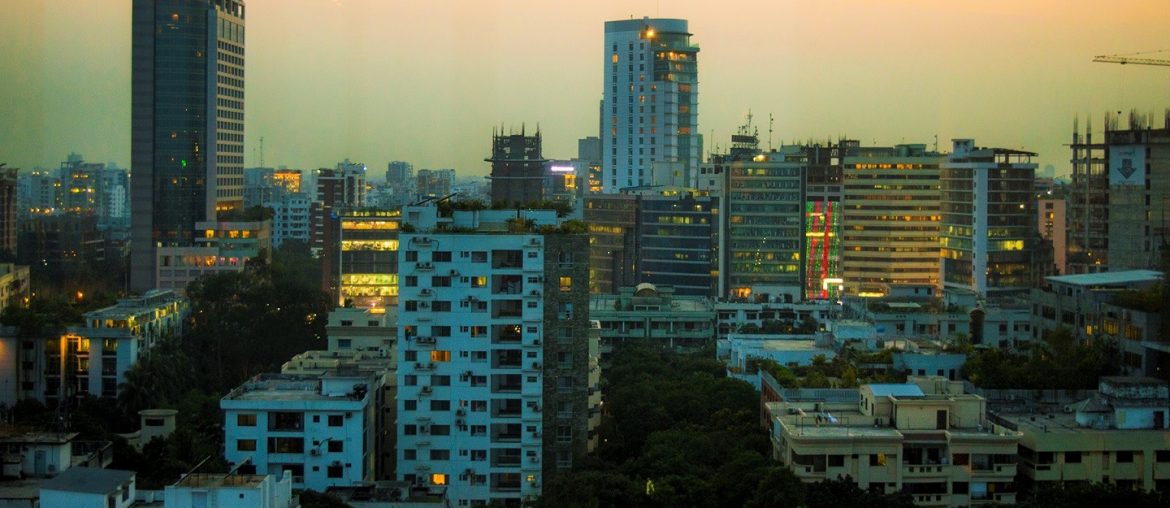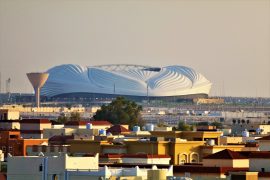Dhaka, one of the fastest growing megacities in the world, is home to nearly 20 million people. The city is tightly packed with apartment buildings, yet is still struggling to meet the ever-rising demand for adequate housing. A recent study reveals that by 2035, demand for accomodation in the capital could increase to nearly 700 hundred thousand. Although the real estate market is growing remarkably, Dhaka still falls short on housing supply both by the public and private sector. According to a report published by BRAC Institute of Governance and Development (BIGD), only 32% of people live in owner-occupied residences while the remaining 68% reside in rentals. Surprisingly, the statistics have remained unchanged from the mid-1990s. Meaning, even after robust development and progress in Bangladesh’s economy over this period, most people in Dhaka still prefer living in rental apartments and demand is further on the rise.
So, why do Dhaka residents choose to live in rental apartments rather than purchasing one of their own? Let’s take a look at some major driving factors behind the popularity of apartments for rent in Dhaka.
Cost Of Living
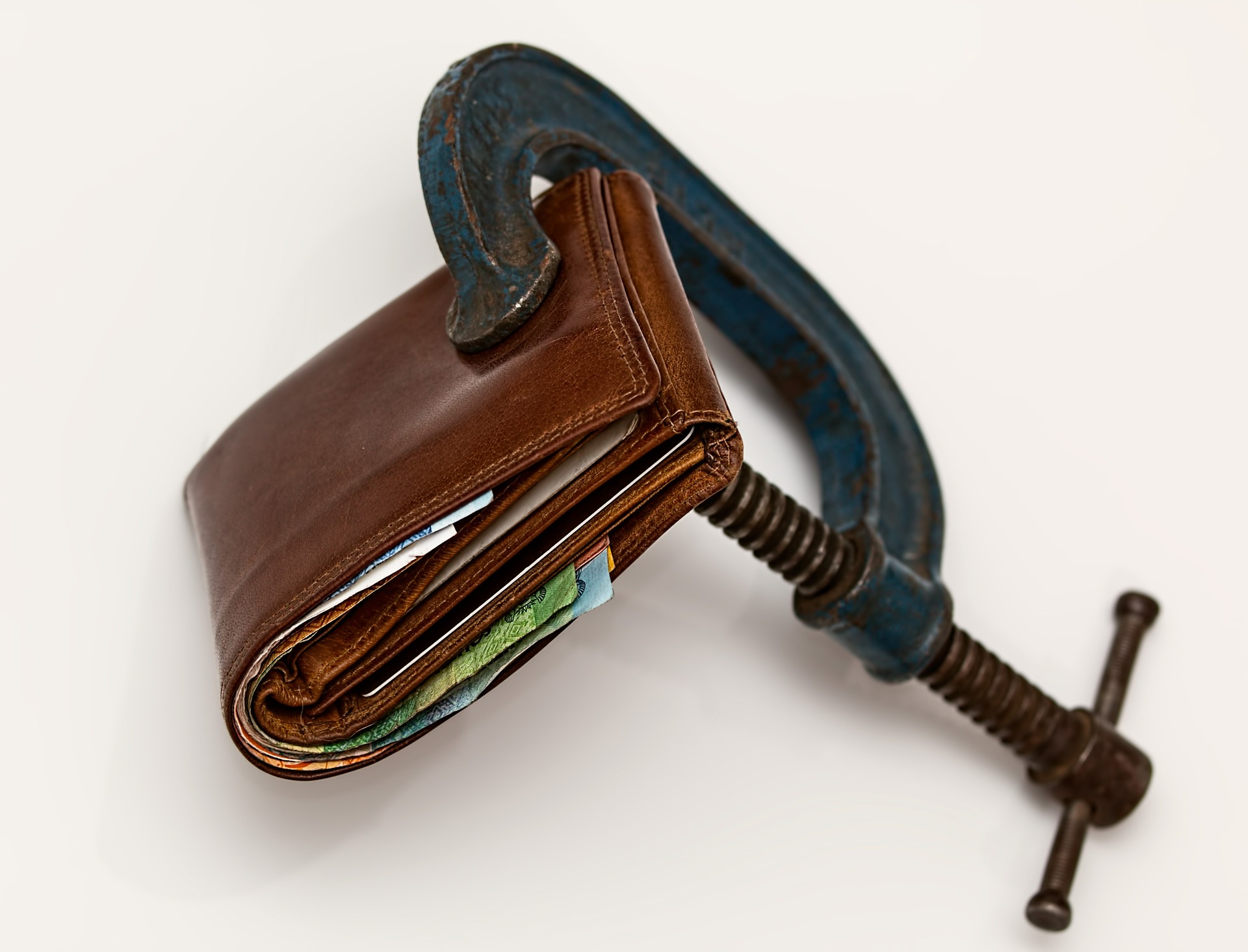
Earlier this year, the Consumers Association of Bangladesh (CAB) reported a massive 8.44% rise in the cost of living in Dhaka city. Due to spiralling prices of everyday goods, services and utilities, cost of living have shot up; resulting in a four-year high in 2017. While the economy is growing at nearly 7% and per capita income is more than $1,600, majority of Dhaka dwellers still struggle to make ends meet. On the other hand, the same report by BIGD also shows that around 61% of people purchase houses with their personal savings while only 26% on use it for loans. Given the circumstances, rising cost of living is a barrier to a regular savings trend. With no feasible alternative, people continue to search for apartments for rent and squeeze up to save for future necessities.
Home Affordability
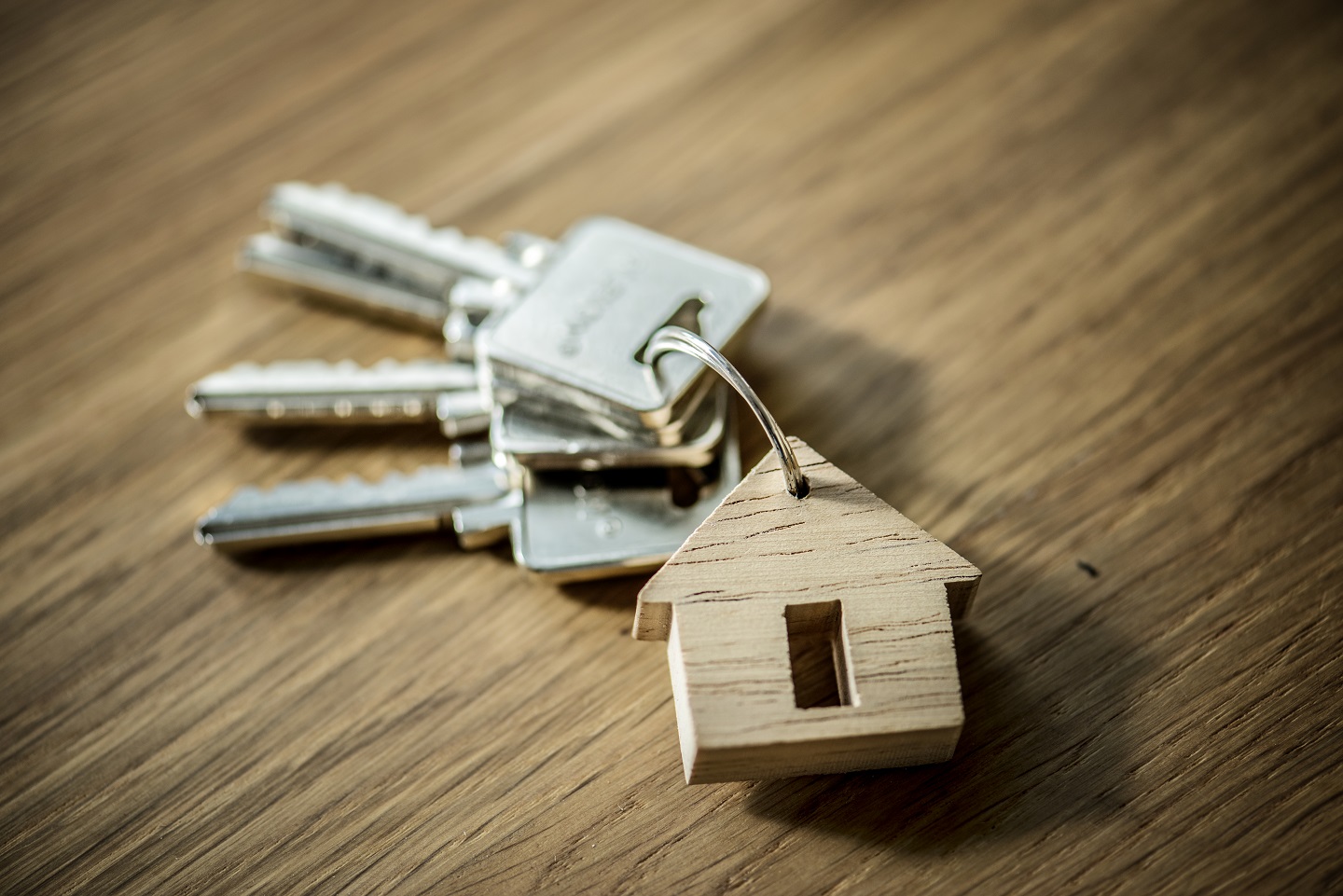
‘Affordability’ has different meanings to different people. To some, an apartment can be ‘affordable’, if the monthly housing cost is around 30% of the monthly gross income. While for others, affordability can depend on the willingness to spend on your dream home.
Evaluating the current condition of Dhaka, studies say that only 17.7% of tenants spend less than 30% of their monthly household income. Therefore, only these people can ‘afford’ saving up to purchase an apartment in Dhaka after meeting their daily needs. Furthermore, Dhaka demographics consists of mostly middle-income citizens, and they mainly target smaller apartments. More than half of the city’s apartments fall below the 1,100 sq.ft range, considered as small flats. Shockingly enough, during national budget FY 18-19, the government decided to impose an additional 0.5% tax on flats below 1,100 sq.ft., creating a negative impact on the market. Such policies are sure to generate resistance towards homeownership, especially in a middle-income based economy.
Availability of Loan

The existing interest rate, short repayment schedule and existing eligibility criteria are argued to be unfavourable for new apartment buyers. Currently, around 70 financial institutions from diverse backgrounds provide home mortgages between 8% to 17.75% interest rates on various terms. Although the government reduced interest rates on multiple occasions, apartment prices in Dhaka grew 5 to 6 times more. The reduced interest rate has boosted apartment sales; however, mortgages from such corporate institutions only carry 10% weight as a source of funds.
Moreover, interest rate in Bangladesh is still high when compared it to neighbouring countries. In India, loans are offered at 4%, covering 95% of property price. By providing sufficient time and ease to repay loans, their policies allow a person to get a home loan and purchase a house in earlier stages of their careers. Sadly, Bangladesh is yet to reach that stage of creating a friendly environment for home loan accessibility.
Combined General Factors
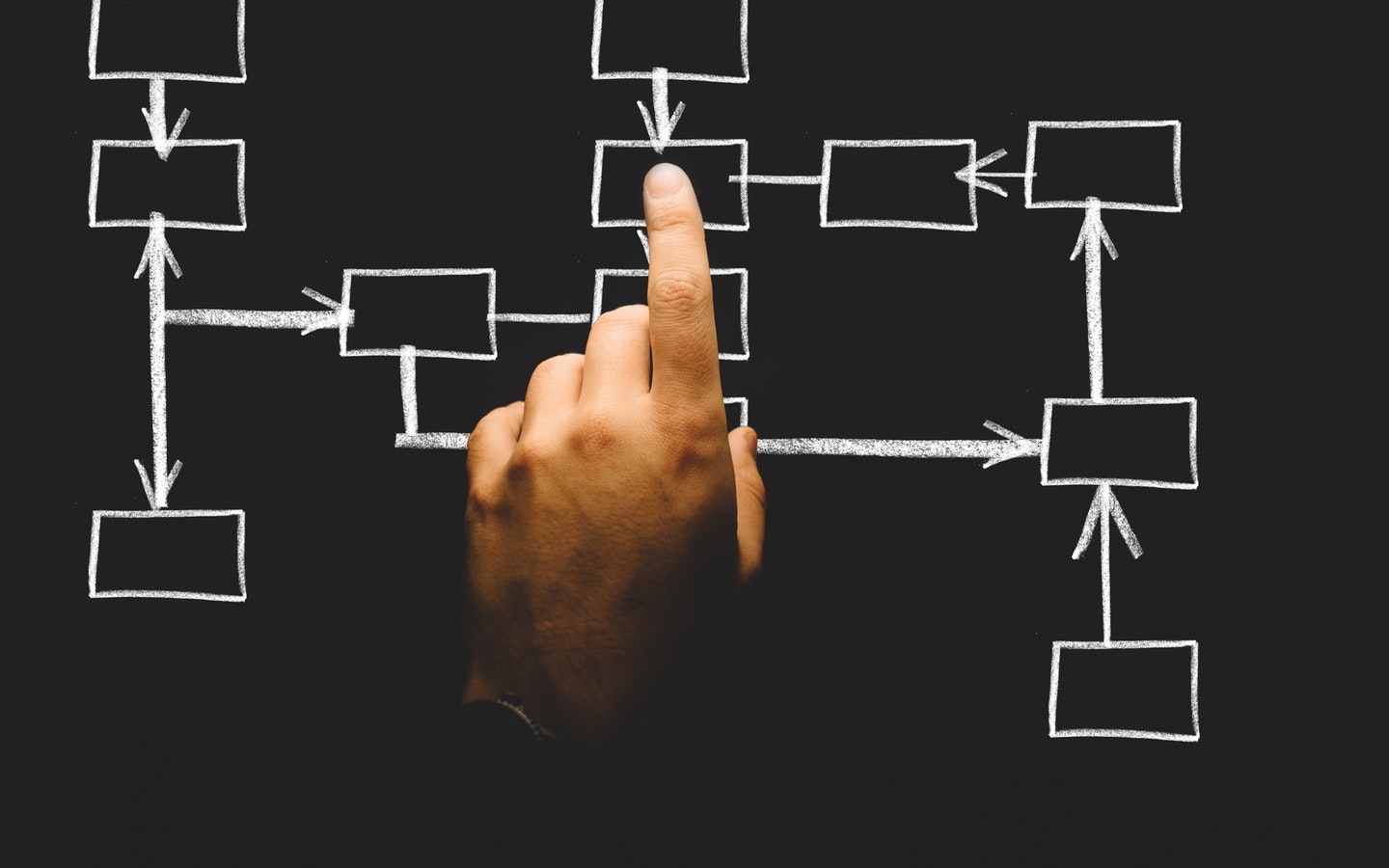
According to a survey by BIGD, apartment prices are a big de-motivating factor in purchasing apartments. Surprisingly, the survey also gathered data showing that the majority of tenants do not even plan to buy an apartment in their lifetime.
The decision regarding apartment location is mostly driven by workplace proximity and other amenities like safety and amusement. Living near the workplace plays a vital role considering the average speed of Dhaka traffic is around 6.8 km/h. To reduce burden, 98% of people make only two trips a day; home-work-home. Also, 56% of people travel no further than 10 km from their residence, due to fear of excessive traffic. As careers change, promotions or postings occur, rental apartments offer a good way to stay close to the office or to move into better ones. Therefore, people usually choose a rental house closer to their workplace and thus rental apartments become the best option available.
The current real estate market in Bangladesh is performing better than expected, making it a profitable investment option. Improved government policies and planned urbanisation have the potential to change the way people see the real estate market. Perhaps we might see a growth in apartment ownership. However, for the moment, rental apartments are the prefered choice of the majority of dwellers in Dhaka.

